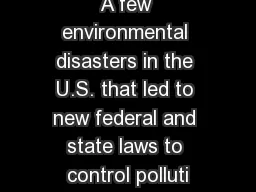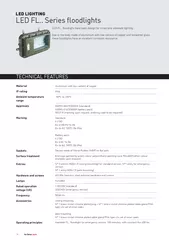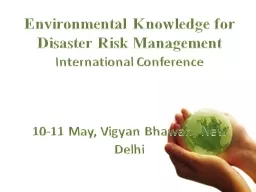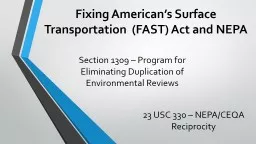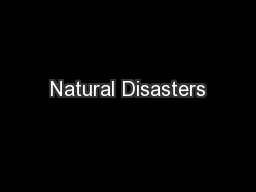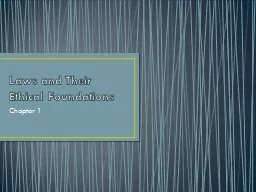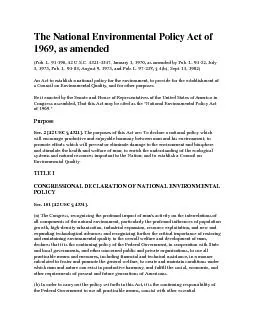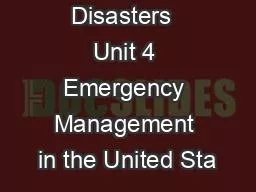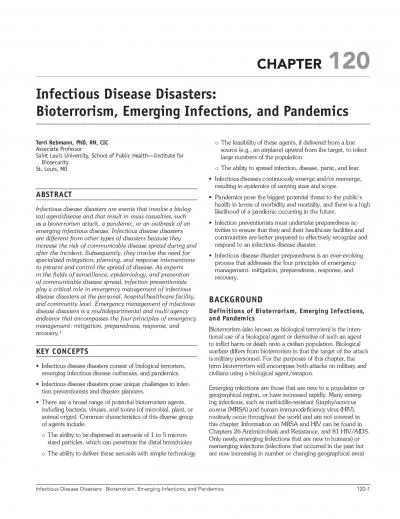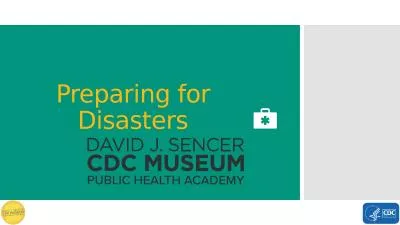PPT-A few environmental disasters in the U.S. that led to new federal and state laws to control
Author : test | Published Date : 2018-11-06
ms moy The image that inspired the environmental movement in 1969 Major US Air Pollution Episodes of Historic Significance US air quality degraded with the beginning
Presentation Embed Code
Download Presentation
Download Presentation The PPT/PDF document "A few environmental disasters in the U.S..." is the property of its rightful owner. Permission is granted to download and print the materials on this website for personal, non-commercial use only, and to display it on your personal computer provided you do not modify the materials and that you retain all copyright notices contained in the materials. By downloading content from our website, you accept the terms of this agreement.
A few environmental disasters in the U.S. that led to new federal and state laws to control: Transcript
Download Rules Of Document
"A few environmental disasters in the U.S. that led to new federal and state laws to control"The content belongs to its owner. You may download and print it for personal use, without modification, and keep all copyright notices. By downloading, you agree to these terms.
Related Documents

